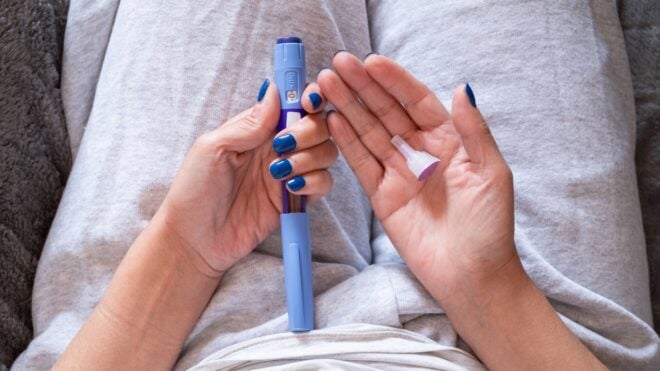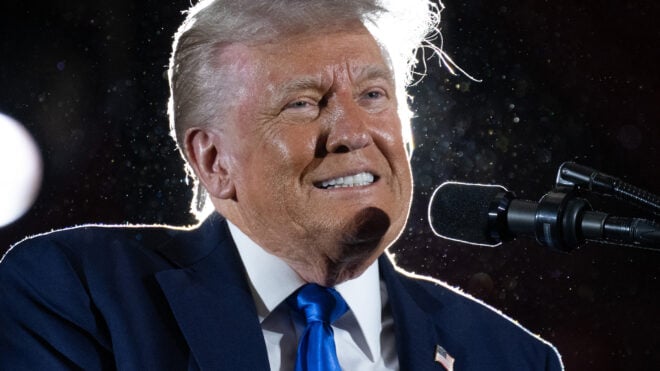Teeth are more than just a set of tools sitting inside our mouths to help us chew food. They actually have quite the history!
Back in the day, people used to do a lot of unusual things to their teeth — things we would never dare do to our pearly whites today. Some of these bizarre acts were done as ancient traditions, a few were believed to be necessary steps in health and medical care, and many others were purely for vanity purposes.
Regardless of the reasoning behind each of them, pretty much all these bizarre teeth behaviors would definitely come across as absurd nowadays.
Check out the list of crazy things people used to do to their teeth down below to learn some strange dental history. I guarantee you will feel just a little more grateful for modern-day dentistry!
Thumbnail Sources: Wikimedia Commons 1, 2
1. Extract Them To Show Societal Status
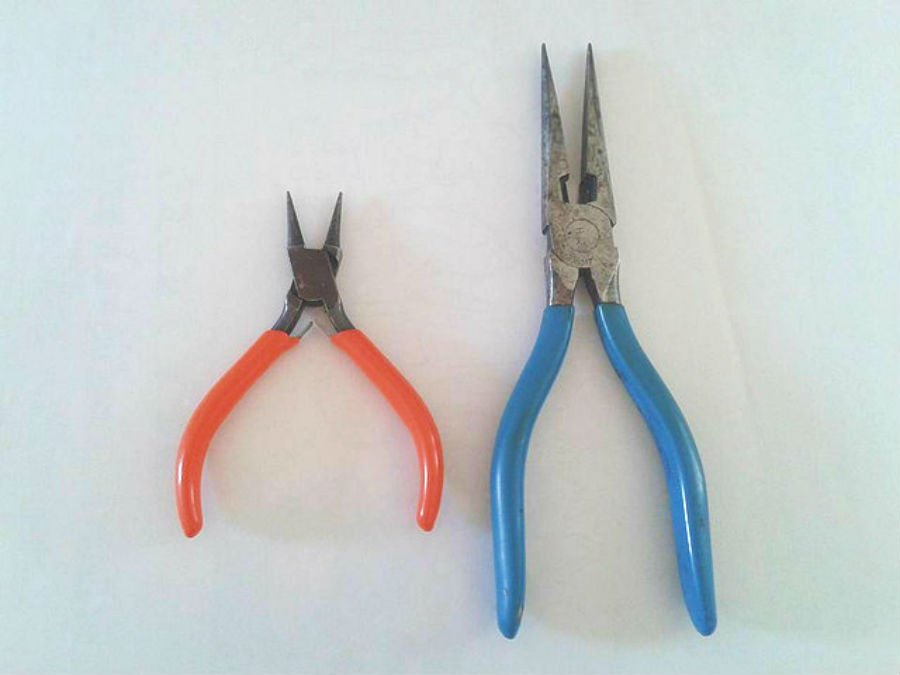
The Jomon culture of Japan lasted from 13,000 to 2,300 B.C. and they took a very different approach to the treatment of their teeth. By removing specific teeth, they were able to communicate many things to others within their culture.
The spaces in their mouths told people information about their family, marital status, age, and whether or not they had children — that's a painful way to show your place in society!
2. Drill Them For Decoration
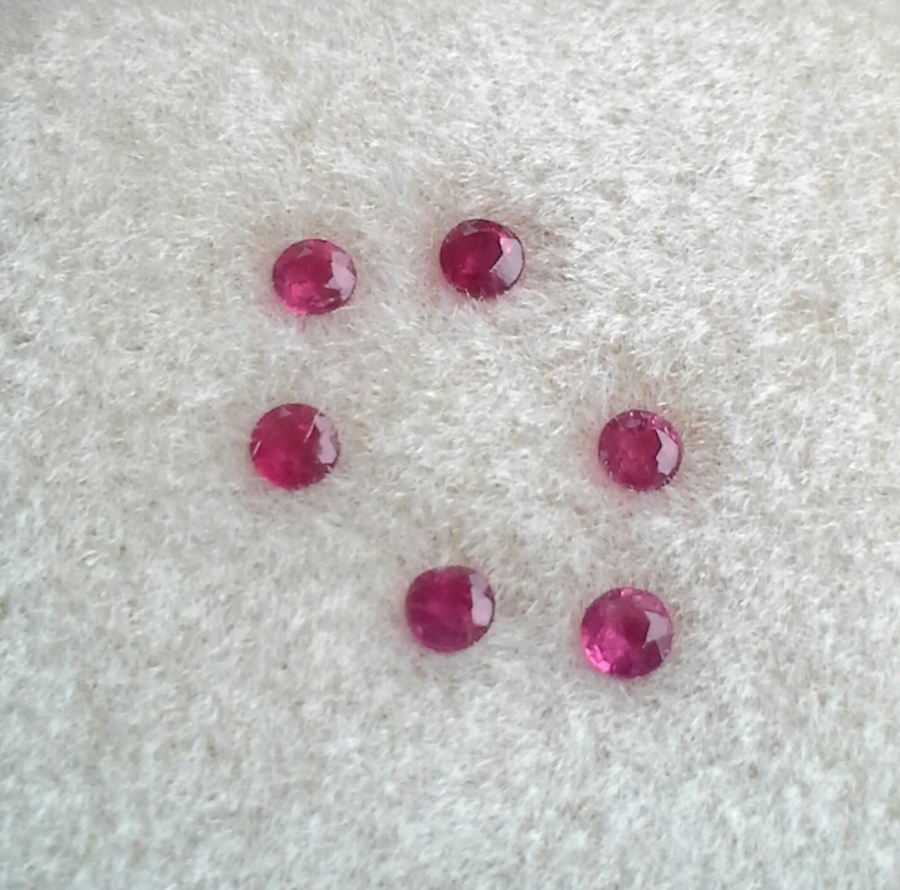
The ancient Mayans, 2,500 years ago, drilled holes into each other's teeth by hand, carefully avoiding any nerves. Then, they used plant sap to adhere beautiful gemstones to the insides of the freshly drilled holes.
3. Leave Them In Water For A Magic Mouse
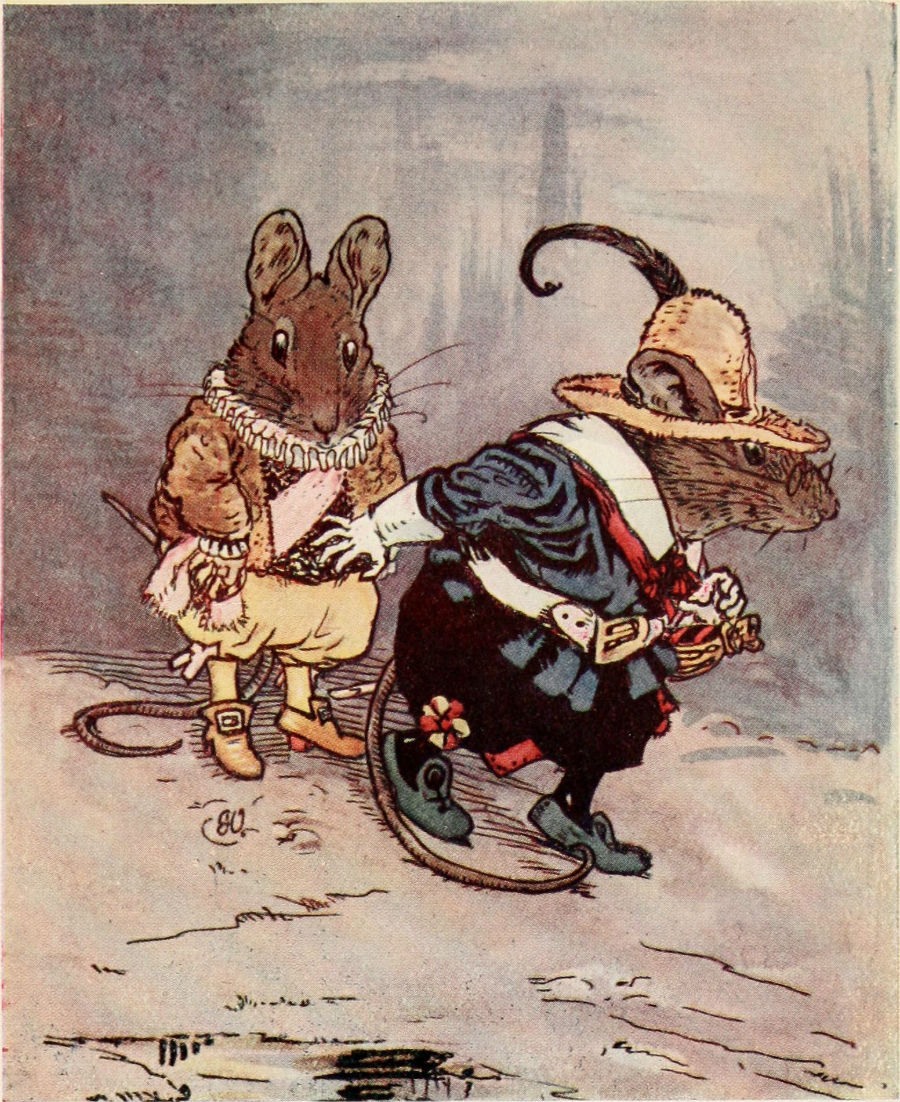
After the king of Spain's son lost his first tooth in 1894, priest Luis Coloma wrote a story called Ratoncito Pérez for him. With that, a beloved legend was born. Similar to the modern tooth fairy, children began leaving their teeth in a special place for a different kind of magical creature.
Stemming from the original story, it became a tradition among Argentinian children to place their teeth in a glass of water for a mouse named Perez, who was often thirsty when he visited.
4. Brush Them With Frayed Twigs
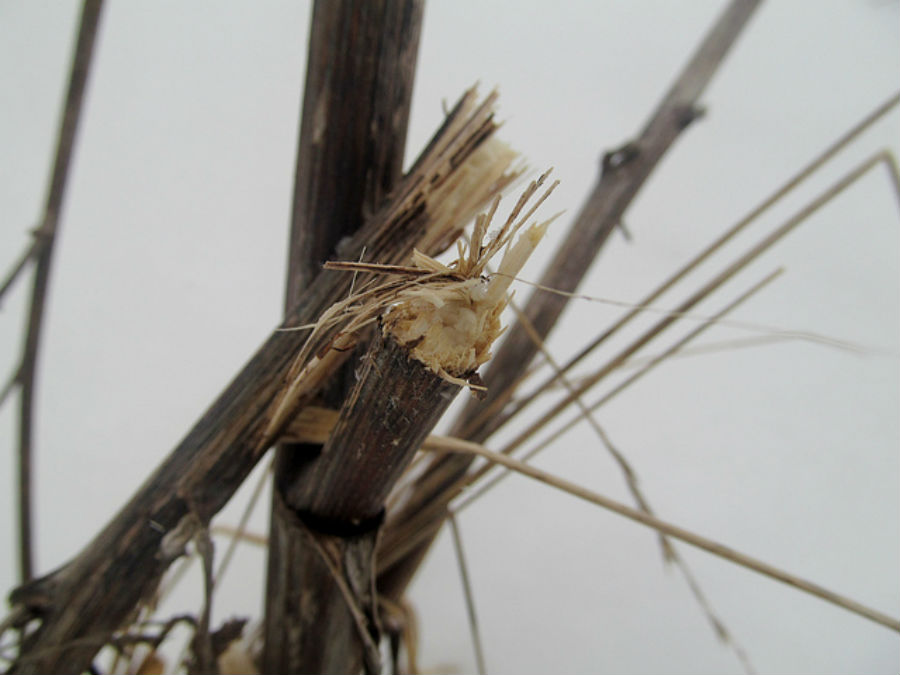
The Hindus of India were said to be the first toothbrush users back in 4000 B.C. They actually used fresh twigs with frayed ends to scrub them clean.
5. File Them
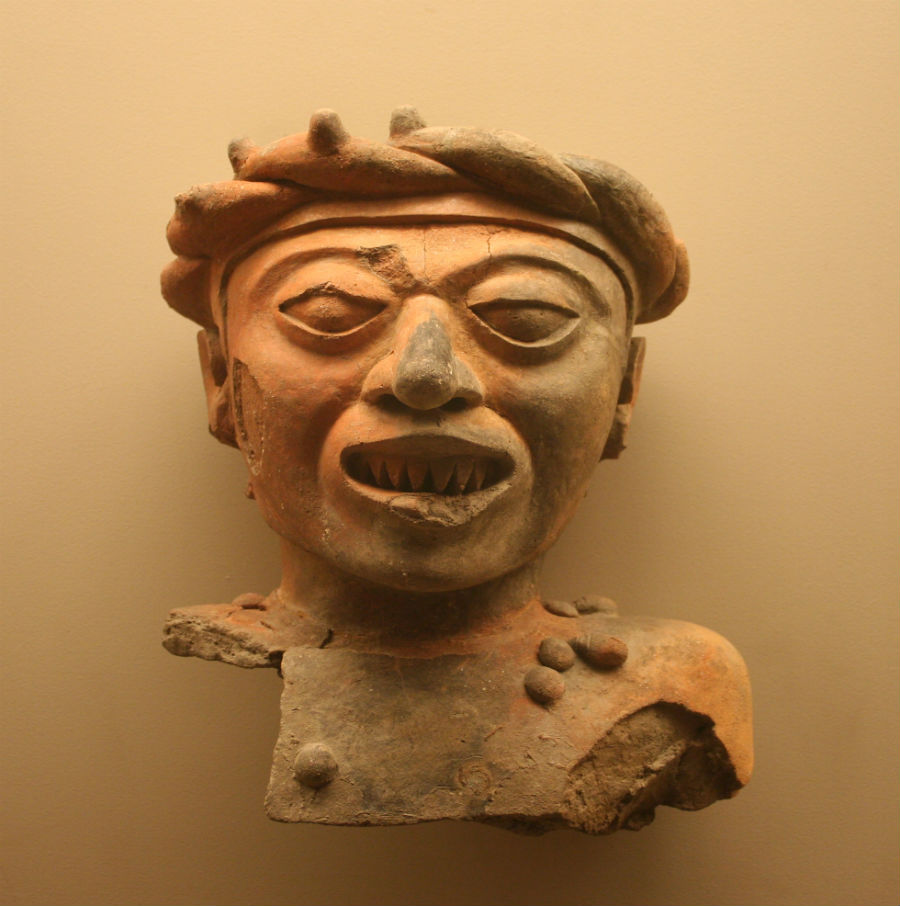
The Mesoamericans are believed to have used stones to file their teeth during the pre-Columbian era. It's assumed they did so in order to show respect to their solar deity, who they usually pictured with filed teeth as well.
6. Transplant Them
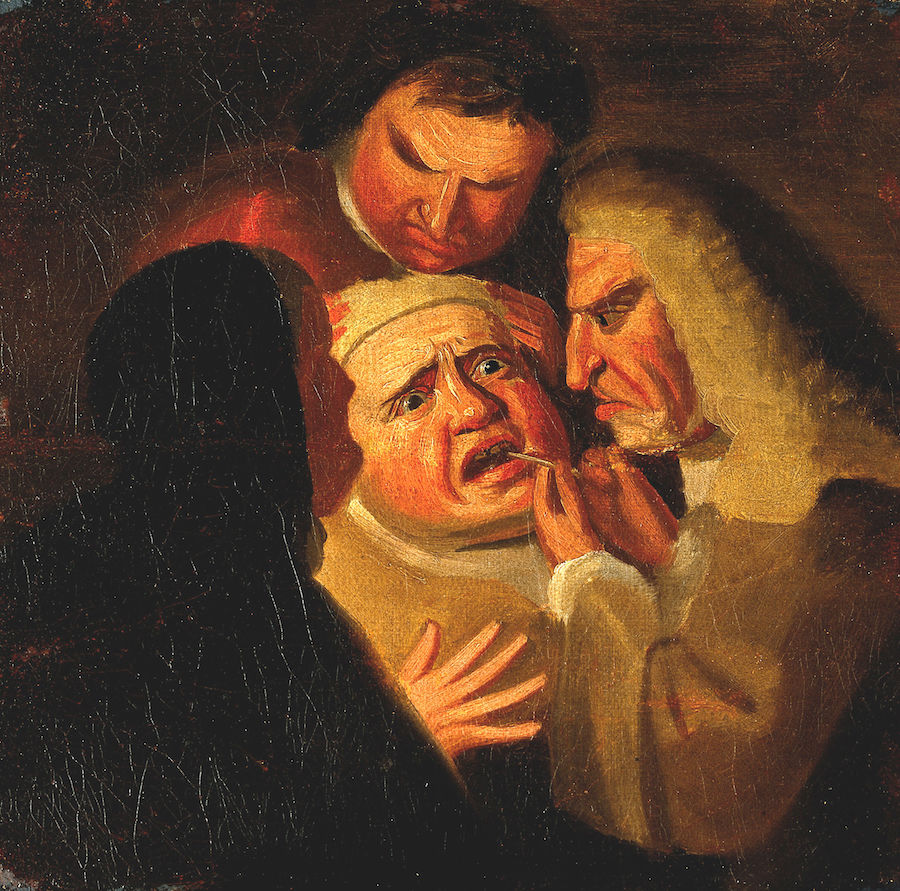
Although he wasn't the first to propose transplanting teeth from one person to another, John Hunter certainly shared a huge discovery about it. Between 1763 and 1764, he had the idea that transplants would be "improved if the donor tooth was as fresh as possible and was matched for size with the recipient." Since then, we've carried this same premise over to organ transplants.
7. Blacken Them With Ohaguro

Between 250 and 538 B.C., some Japanese women preferred their teeth to be black rather than white, according to historical findings. Pitch-black teeth were viewed as beautiful and were seen on many geisha because of the strong contrast to the women's white faces.
Black teeth were also a display of status. Eventually, the tradition developed several different meanings, some positive and others negative.
8. Replace Them With Seashells
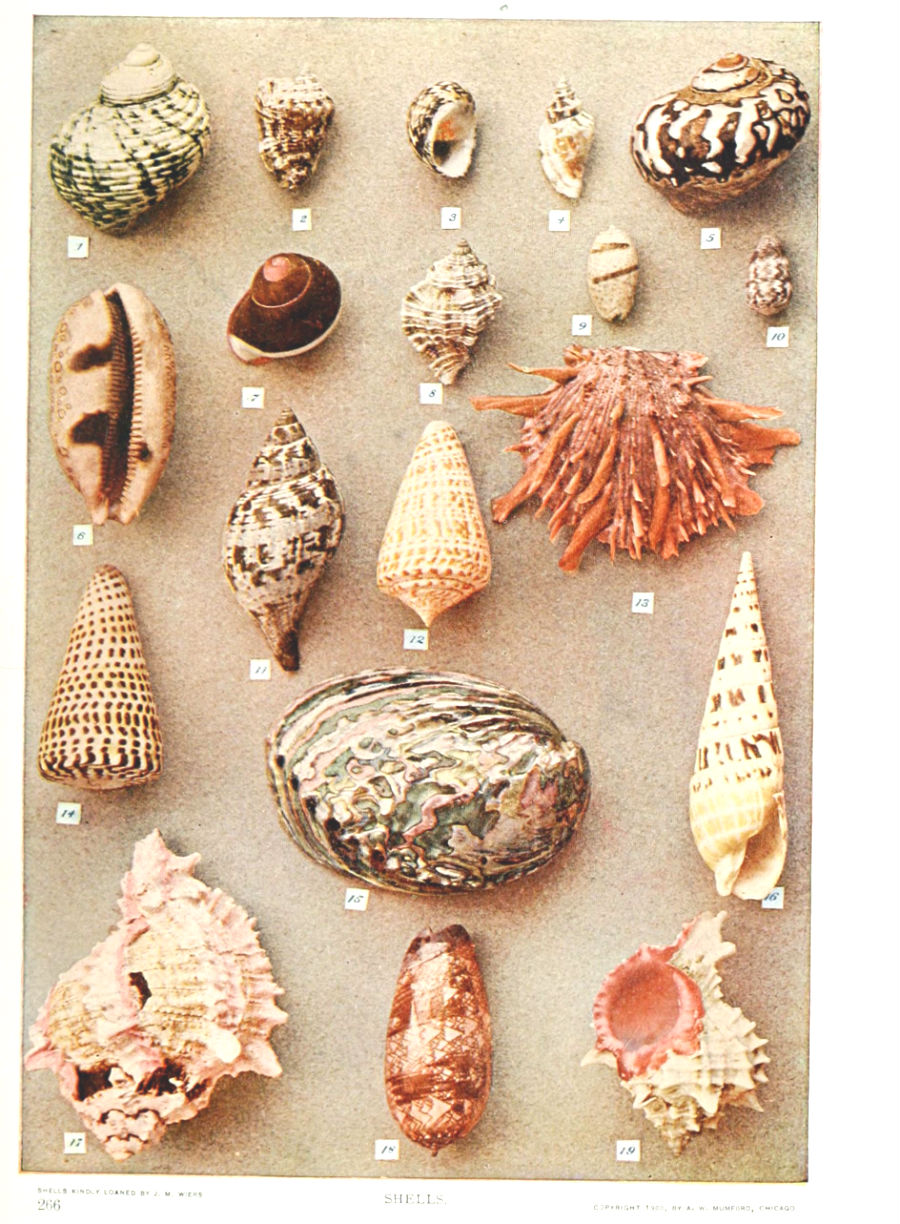
The body of a Mayan woman from 630 A.D. was found with seashell fragments fused to her teeth. When archaeologist Wilson Popenoe made this striking discovery in 1931, he believed the shells worked as a visually pleasing replacement for lost teeth.
9. Search Them For “Tooth Worms”
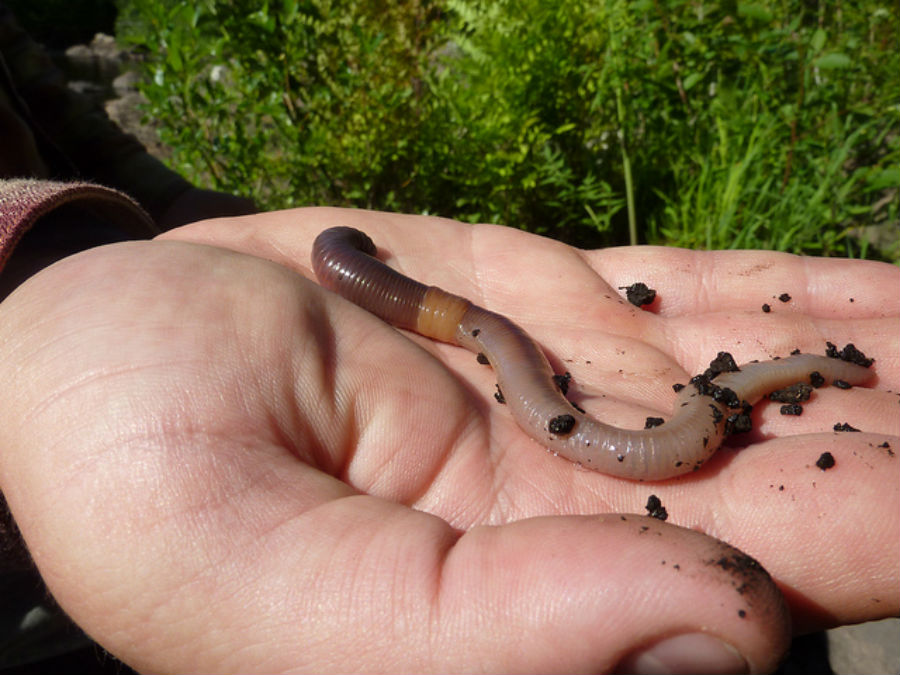
Sumerians thought their teeth were being decayed by little critters called "tooth worms" in 5,000 B.C. As strange as it might sound, they were poking around their teeth looking for something that obviously didn't exist.
As time passed, the legend changed with each culture that accepted it. The worm was later believed to spread "evils," which were probably just simple toothaches.
10. Clean Them With Tooth Powder
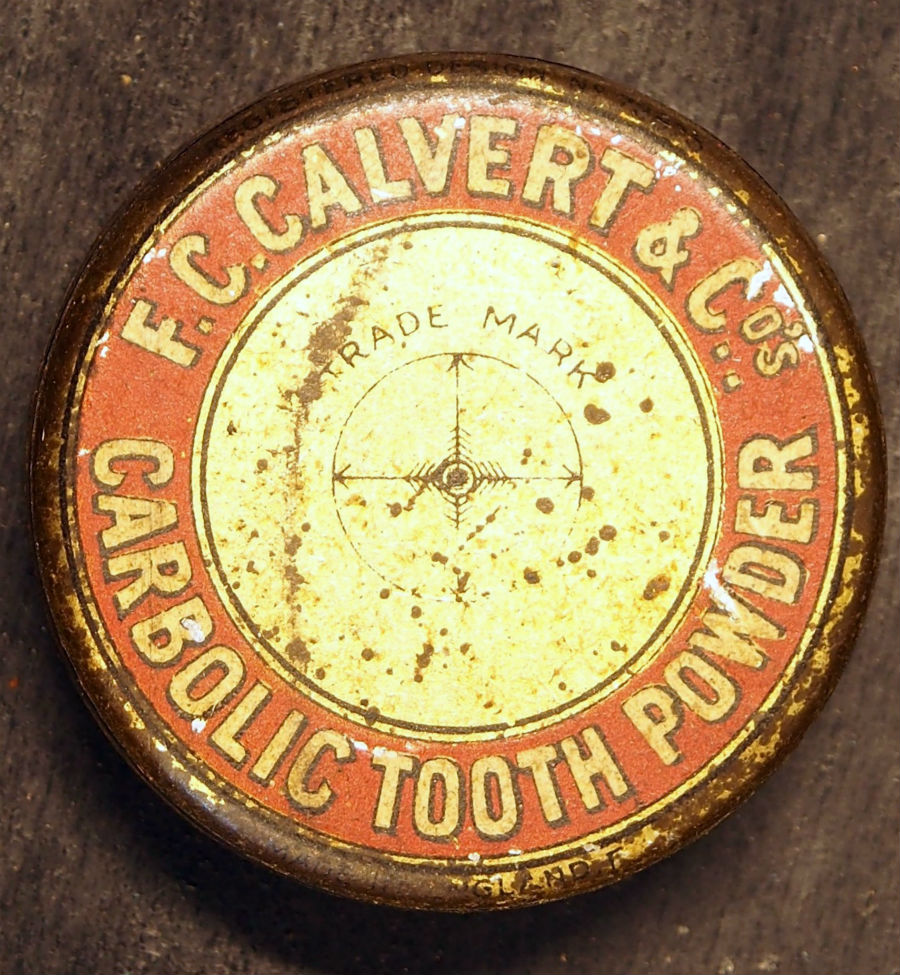
Ancient Romans popularized the use of tooth powder, or dentifrice, by coating their teeth with the burnt and ground-up remains of bones, hooves, and small animals. They would sometimes mix it with honey, and the substance was thought to whiten teeth and enhance the health of their (hopefully) pearly whites.
Tooth powder transformed centuries later with improved formulas. A modern version is brushing with activated charcoal.
Please SHARE if you enjoyed this odd history lesson about teeth and dentistry — maybe your friends and family will too!

